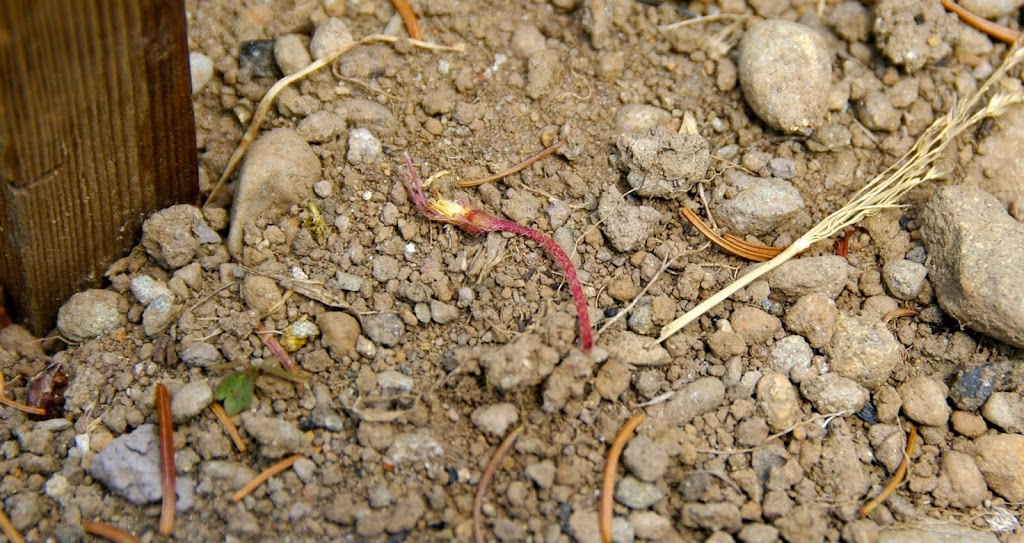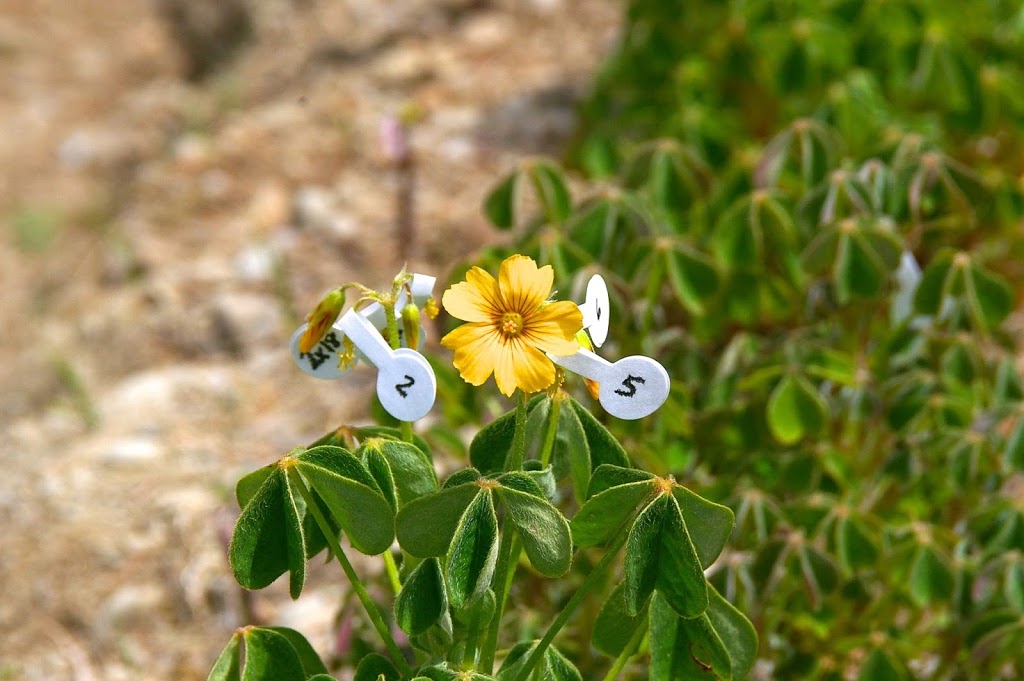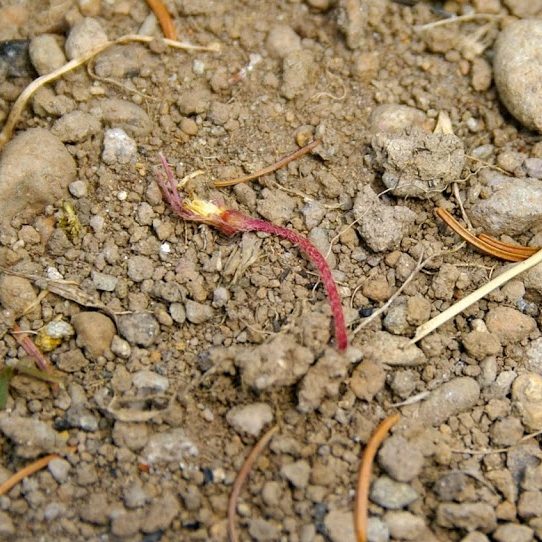Blog, breeding, flowers, oca (Oxalis tuberosa)
Oca: Flowering & crossing update
Well, the good news is that our oca (Oxalis tuberosa) is continuing to flower in good numbers, with 20-30 new flowers opening every day across seven varieties. I have been doing my best bumble bee imitation, transferring pollen from one end of the garden to the other in the hope of producing oca seeds. Unfortunately, the bad news is that it seems most of my early crosses are withering and dropping after about a week. That is pretty disappointing, but that disappointment is a just signal that I have more to learn.
 |
| One of many forlorn, dropped oca flowers |
Up until now, I have been using a single method. I will now diversify a bit in the hope of finding methods that work better. The most significant change will come to the “eating” plot. Other than borrowing the occasional flower from it as a pollinator, I will no longer perform manual pollinations in that plot. I’m leaving it to the bees and other pollinators, in the hope that nature can do a better job. This is a pretty safe bet; nature is a poor record keeper, but otherwise employs time-tested techniques that humans tend to over-think. I won’t get controlled crosses, but controlled crosses may be of dubious value in an octoploid species anyway.
 |
| One of the more promising plants, with few dropped flowers so far |
I will continue to perform manual pollinations in the “seed” plot, but will also change my technique there. Up until now, I have been using a rather violent procedure, where I remove the petals, sepals, and at least one tier of stamens in order to get clear access to the styles. One hypothesis is that this is a lot of damage for a tiny oca flower to sustain and that they simply don’t recover. All that handling puts a lot of stress on the flower stalk. To avoid this, I will now use a small brush to transfer pollen between flowers. This is both a less precise (I’ll never get the brush clean between pollinations) and more time consuming method, but does have the advantage that flowers should be undamaged. Since I will be doing less crosses, the extra time is not a big problem.
Other hypotheses for these early failures include:
* Using a flower as a pollinator on the first morning that it opens may be too early.
I have confirmed that pollen is present on the anthers, but perhaps not in sufficient quantity.
 |
| Lots of oca plants and lots of flowers, but no seed yet |
* I may be trying to get too many pollinations out of a single flower.
I try to get six pollinations out of a flower, which doesn’t seem unreasonable, but I may be losing most of the pollen on the first flower and then going on to produce five duds.
* We had unusually warm and dry weather last week.
The west coast heat wave had a relatively small result here, but temperatures did rise into the mid 70s. That shouldn’t be too hot for oca, but the 10 degree increase might have been enough to interfere with seed pod formation. We’re back to more sensible summer temperatures in the low to mid 60s now.
* Something systemic like weather conditions or disease may be preventing seed from maturing.
I hope that this is not the case. It seems like weather that is good for producing flowers ought to be good for maturing seed, but there is no guarantee of that. We get strong afternoon winds, which could be an impediment. Disease could also be present – anything from viruses carried in the tubers to bacterial or fungal infections that are uniquely present here. Under this heading fall a number of possibilities that will be difficult to identify and resolve. So, for now, I’m going to work through the more accessible hypotheses.
Luckily, it is still pretty early in the season and, from what I have read, it is not unreasonable to hope that our plants will continue to produce flowers until the frost. That would give me several months to get over the learning curve and still get some seed for next year.
Oca seeds and tubers are sometimes available in our seed shop.


2 thoughts on “Oca: Flowering & crossing update”
Comments are closed.